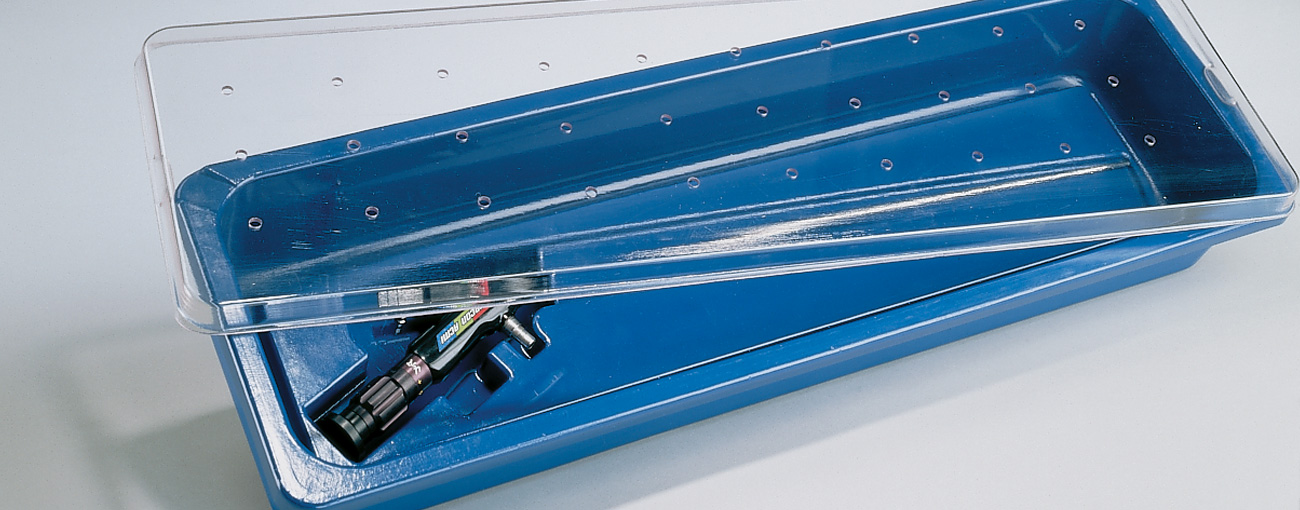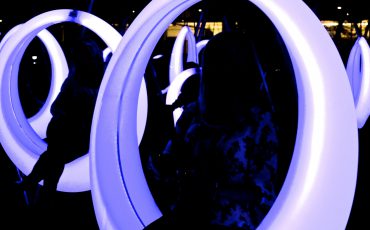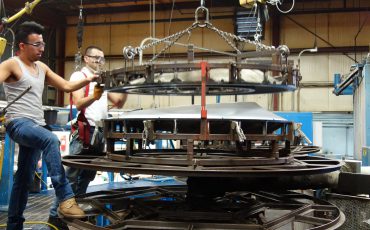
Medical device thermoforming produces strong, reliable parts such as enclosures, housings, and covers from thick sheets of thermoplastic materials. Plastic thermoforming can also produce high-quality medical products such as packaging from thinner gauge materials. Although injection molding is used in many healthcare applications, medical device thermoforming provides advantages in terms of tooling costs and appearance. Partnering with a value-added thermoformer offers benefits, too.
Tooling Costs
Unlike injection molding, thermoforming is cost-effective for lower-volume production runs. That’s because the tooling costs are significantly less. Many production runs for injection molding use steel molds that cost tens of thousands of dollars. That’s fine for high-volume production where the cost of the mold is spread across many thousands of parts, but not with small quantities. With thermoforming, production runs can use lower-cost aluminum tools that support amortization across lower part volumes.
Aluminum tools can’t produce the high volumes of parts associated with steel molds, but aluminum tools are also less expensive to scrap if there’s a design change. With vacuum forming, a type of plastic thermoforming, inexpensive wooden patterns or epoxy tools can be used if temperature-controlled aluminum tools aren’t required. Examples of vacuum formed parts include medical instrument case assemblies and medical instrument cases and covers.
Appearance
Thermoformed parts don’t exhibit the sink or gate marks, porosity, flashing, warping, bubbling, and other surface imperfections that are common to injection molding. In general, injected molded parts that are uncoated cannot match the surface quality of thermoformed parts. Medical device thermoforming also supports fine details such as clean lines, tight corners, and textured finishes.
Often, injection molded plastic parts need coating or painting for aesthetic reasons, such as for matching a larger medical device design. Injection molded parts can be silk-screened, too. Thermoformed parts also support silk screening and specialty coatings, but custom color matching and textured tooling can eliminate the need for coating or painting in the first place.
Value-Added Medical Device Thermoforming
Gregstrom Corporation of Woburn, Massachusetts (USA) is a medical device thermoformer that offers a wide range of value-added services. In addition to design assistance and help with material selection, we provide thermoforming tooling and plastic finishing services. Medical device companies also like how Gregstrom offers assembly, testing, and quality control (QC) services all under one roof.
Is medical device thermoforming right your next project? Contact Gregstrom to discuss your application.



